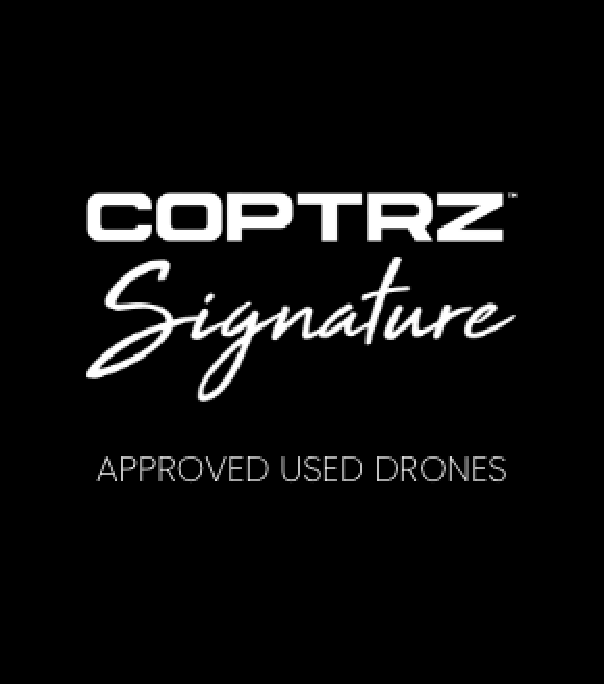You’ll have heard us talking about payloads all over the site – but what exactly is it, and how does it affect your drone purchase choices?
Payload: The Definition
In short, the payload is the weight a drone or unmanned aerial vehicle (UAV) can carry. It is usually counted outside of the weight of the drone itself and includes anything additional to the drone – such as extra cameras, sensors, or packages for delivery.
Very large UAVs – the type that you can’t buy as a commercial business, but similar to the ones used in the military – have much larger payloads than the drones you’re able to buy. However, they also cost hundreds of thousands of dollars so don’t be too envious there.

Why Payload Matters
The greater a payload your drone can carry, the more flexibility you have to pop on additional technology to adapt it to your specific needs. This could be upgrading the camera to a dual thermal and RGB imaging system, adding LiDAR technology, sticking on a GPS system, or increasing the number of sensors in order to process more data simultaneously.
Discover accessories for your drone!
Weight Versus Flight Time
You’ll often see a flight time quoted with your model of drone – however, make sure that you consider whether this flight time is with or without payload.
Why? It’s simple: the flight time is guaranteed to be reduced when it’s carrying extra weight, purely because of the additional power required to lift it (we’ll get to the physics in a minute).
Some sneaky manufacturers and sellers (not us!) will tell you about amazing flight times – but not tell you that this is without any payload at all, making it a pretty pointless drone indeed! A drone for business is guaranteed to require some form of payload – be it the camera, sensors, LiDAR, GPS, additional data telemetry, delivery systems, or something else that has yet to be invented – so it’s a crucial thing to know about when choosing your drone.
Payloads: The Physics
It might all seem a bit obvious, but here goes: the higher power-to-weight ratio your drone has, the greater a payload it can carry.
However: drones with a high power-to-weight ratio are also those massive badasses that your mother couldn’t carry ten feet. Heavier drones will have some impact on the power required to carry big payloads, and you’ll see this payoff in flight duration possibilities. You could always consider upgrading the battery but a bigger battery means a heavier payload, restricting what else you can include!
It’s all about lift: you can have two drones of the same mass, one with large rotors and one with small rotors. The one with larger rotors will create more air thrust with the same power, despite the air flow being slower than that generated by the smaller-rotored drone.
As rotors spin, they create upward thrust, right?
But of course… if your payload alters with each flight, you’ve got to know exactly how that’ll affect your upward thrust.
This is why you should take an advanced drone pilot course, by the way: you’ll learn drone-specific techniques to maintain manual control over your drone at all times, meaning your manual hover skills will be in great demand (indoor flying without GPS, anyone?).
Hopefully, you’ve now got a greater grip on the impact payload has on your drone choice – it’s a much bigger decision than most people realise at first! Have a think about what extras you’re going to want on your drone, and weigh this payload up (no pun intended… OK, somewhat intended) against possible flight durations and your other requirements.
Top Payloads
There are a number of different payloads available with numerous different uses and capabilities. One of the best uses cases is creating thermal images to help in a number of different industries.
Two of the best payloads for thermal imagery is the DJI Zenmuse H20 and the FLIR VUE TZ20. The DJI Zenmuse H20 features dual thermal and visual sensors from imaging specialists FLIR to provide both live HD and thermal imaging in real-time.
The Flir VUE TZ20 is an aerial thermal camera designed for industrial, commercial and public safety applications. It can be easily integrated with your existing UAV.
Thermal imaging can be a powerful tool to use alongside your drone. It can be used in many sectors such as construction, mining, electrical, surveillance, firefighting, search and rescue.

